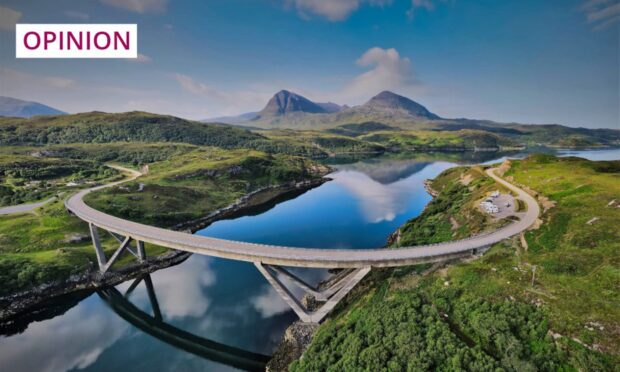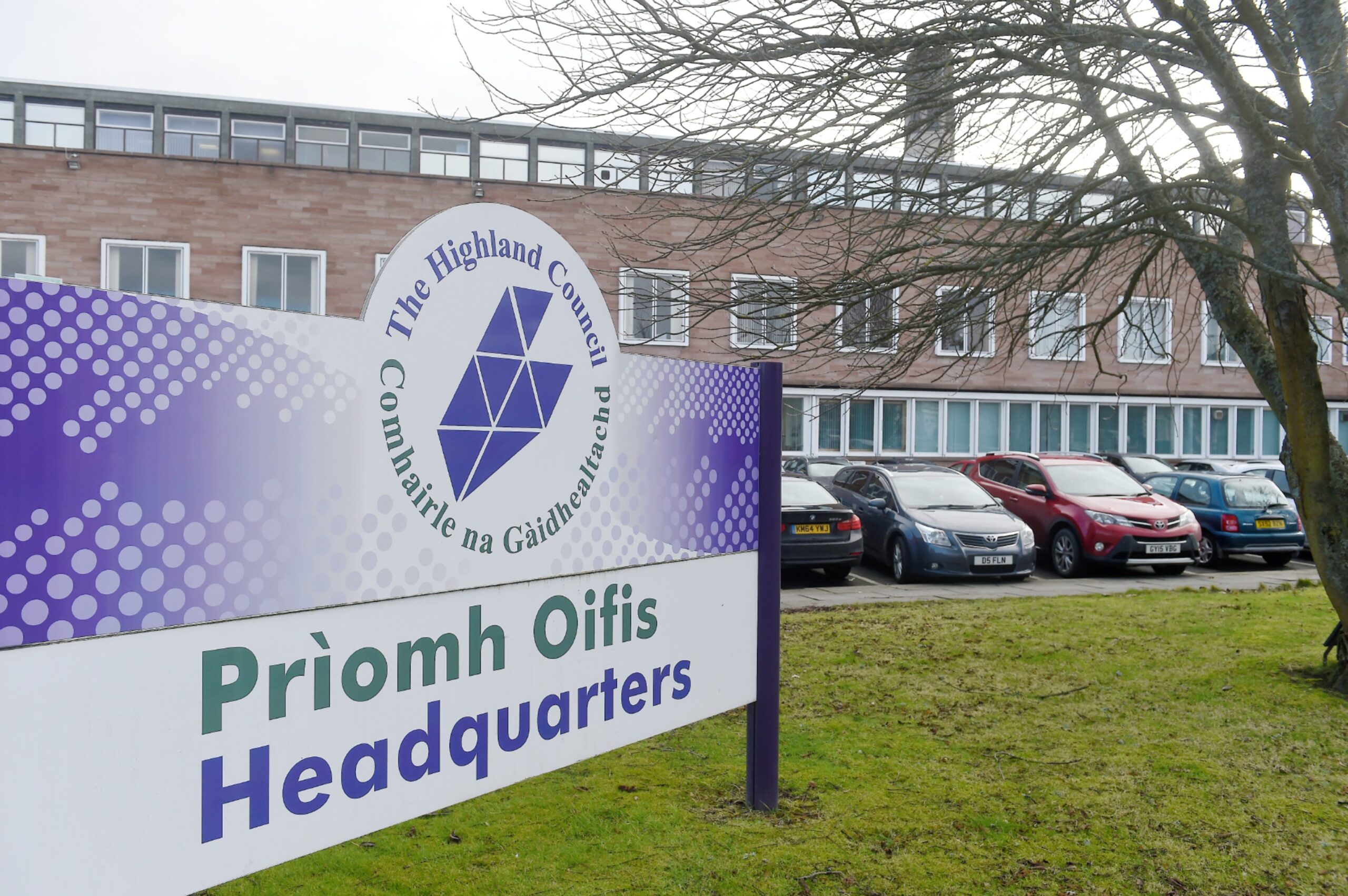Tuesday marks 50 years since the first elections to Highland Regional Council, and major change to the governance of the Highlands.
Eight Highland district councils were also elected, but it was the regional council that held most functions and powers – many more than Highland Council today. They included powers over police and fire services, water and wastewater, colleges, care homes, and controlling routine spending on trunk roads in the region. The council set its own business rates. It was the powerful institution the Royal Commission that recommended its creation wanted.
It wasn’t long before those powers and the unified regional tax base were being used to achieve progress impossible to finance locally before. The building of the Kylesku Bridge and the new west coast secondary schools, developing Gaelic medium education, making Inverness a major centre to end outward leakage of regional spending, the initiatives to help develop Aonach Mòr and Cairngorm skiing. All of this is testament to how regional government strength could make a difference.
For the first time, a united democratic voice, often working in conjunction with Highlands and Islands Enterprise, could speak to the Scottish Office and the EU on behalf of this distinct region.
Securing the ongoing benefits of EU Objective 1 status was always at the top of the agenda. The case for a university in the region was made. Positioning the Highlands in the affairs and priorities of the nation and EU was a significant part of a successful region-wide policy approach.
Over-centralisation remains a danger
There were those then, as now, who felt any Highland-wide council was too big. But it was only because of its scale that it could make strategic plans and choices to achieve big things, and to project a distinct region with distinct needs.
The regional council sought to recognise the danger of over-centralisation, administering itself in a decentralised way, built around the district council boundaries. The devolved planning committees made the bulk of planning decisions.
Throughout the council’s life, most of the political leadership came from outside the main population centre, Inverness.
When the Tory government of the 1990s decided to call time on regional councils, Highland survived, and a new Highland Council took devolution to localities seriously, with multipurpose area committees mirroring the then former district council boundaries. The prospectus for a continuing Highland-wide council was framed on the need to devolve more power to localities, and there was a requirement to lodge a decentralisation plan with central government.
Unique geography will always require unique governance solutions
Any anniversary is a time to reflect. My clear view is that it is in the Highlands’ interests to retain the capacity of a Highland-wide council, but there is a need to refocus on decentralising influence and power across the region. That shouldn’t be simply about council structures – though that has a big part to play – but something wider in concept.
Community landowners and local development trusts deliver outcomes at a locality level probably thought impossible 50 or even 25 years ago. New forms of democratic participation, such as citizens’ juries, allow a different way for people to influence policy on key issues, and can be local, too. The urgent need to meet climate challenges demands new forms of participation by more people, ensuring a just transition to a better future.
This might be a good time to start taking stock and refreshing a vision of what will serve our remarkable region best into the future
Rumblings always exist about the future governance of the Highlands, and it is easy to suggest Highland Council is too big, until you sit down to look in detail at the alternatives.
The region’s unique geography will always require unique governance solutions. This 50th anniversary year of regional government might be a good time to start taking stock and refreshing a vision of what will serve our remarkable region best into the future.
It won’t be well served if it’s just another debate about internal council power struggles and boundaries. Any debate needs to be about place and community wealth-building, better empowering individual citizens in that task, engaging civic society and business in a multiplicity of ways. Diversifying land ownership needs to be a central part of any such agenda.
This way, real devolution of power and influence could be given life in every locality within this diverse yet distinct region.
Peter Peacock was elected as a Highland Regional councillor in 1982, and became the first Highland Council leader/convener in 1995


Conversation